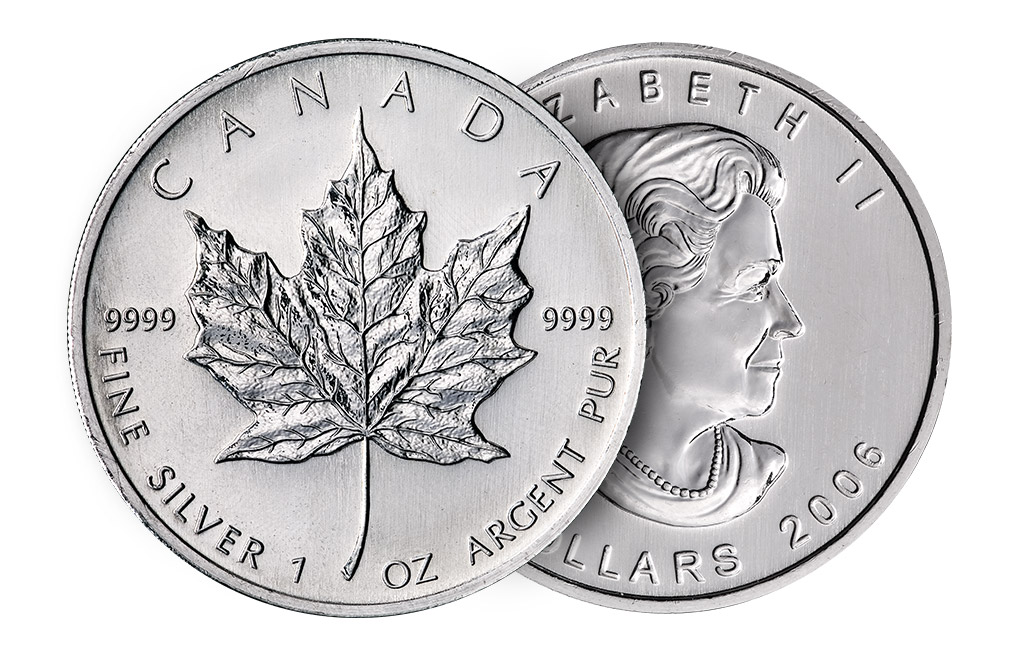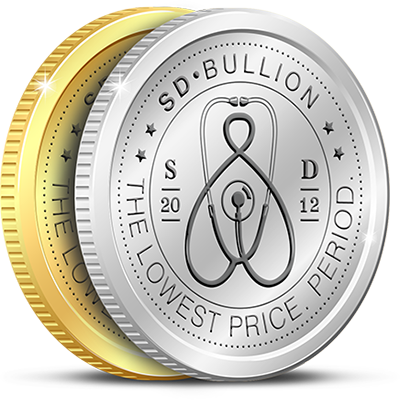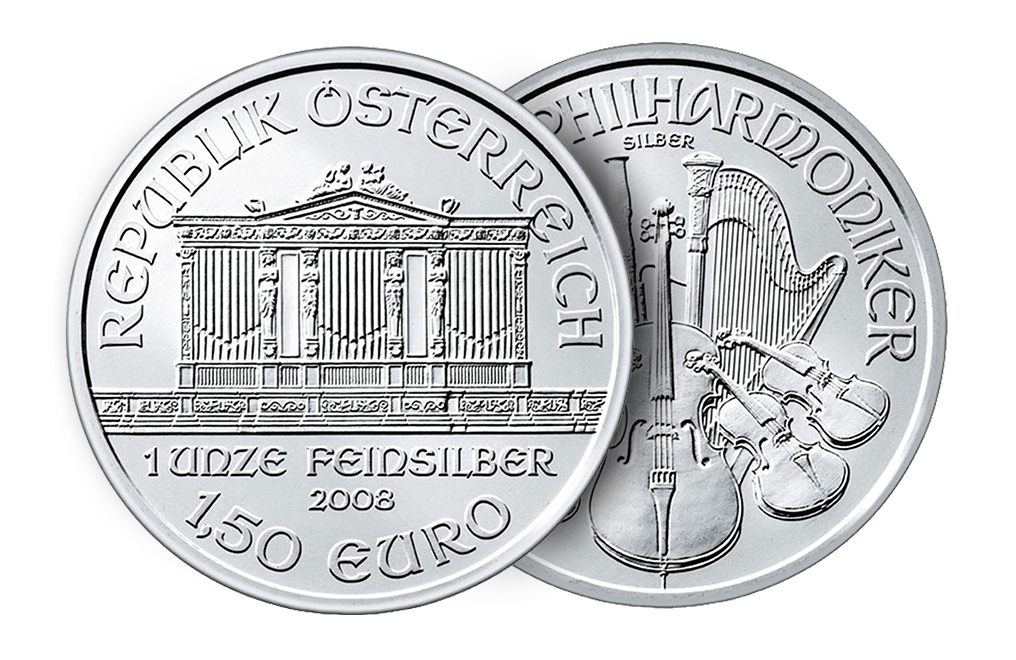The World's Best-Selling Silver Bullion Coins
Posted by Bullion Shark on Sep 22nd 2021
For centuries a popular way to collect silver coins was to focus on what are known as silver crowns. Though inspired by British silver crowns that were issued for centuries, the term is used to refer to larger silver coins from around the world such as British and other trade dollars, Spanish Pieces of Eight (8 Reales) and other coins.
Modern coin collectors who may not be able to afford silver crown coins that typically run about a couple hundred dollars each have an increasingly wide range of silver bullion coins they can add to their collection or stack for their silver content. And in many cases those two goals merge with modern silver bullion legal tender coinage.
While there are many world and private mints making silver bullion coins today, and some of them add new coin series almost every year, the following are the most widely traded, recognized and collected silver coins in the world. They are issued by the world’s leading mints: the U.S. Mint, Royal Mint, Royal Canadian Mint, Austrian Mint, Chinese Mint, Perth Mint and Mexican Mint. Those are the mints that sell the most silver bullion coins per year.
The idea of a modern silver bullion coin became popular in the early 1980s after the remarkable run-up in silver spot prices in 1979-1980, and within a few years the world’s leading mints were competing with each other for market share.
The first such coin was the Libertad, the Mexican Mint’s silver bullion coin issued since 1982 initially in a 1-ounce, .999 fine silver size to which was later added smaller fractional coins and larger, heavy ones too, but the onza as it is known remains the most popular one. Compared to similar coins, Libertads are the only ones that do not carry a denomination and almost always have the lowest mintages, which has turned them into widely sought collectibles with rising premiums. Buyers also love the design that is inspired by the statue of an angel of victory on the top of the monument to Mexican independence in Mexico city.
In 1983 the Chinese Mint introduced its popular 1-ounce silver Panda that with the exception of a couple issues from the 1980s always features a different design of one of more pandas each year. The earlier issues are also difficult to obtain because of their low mintages, but today at least 10 million of each year’s coin is struck for the world market and the Chinese market. Until 1987 these coins were .900 fine silver and since then .999 fine.
Next in 1986 came the American Silver Eagle, which has always been issued only as a 1-ounce, .999 fine silver coin but in many different finishes for collectors. As you probably know, the reverse design of this coin was changed for the first time this year to give the eagle a more modern look, and the obverse was also modified to make it more closely resemble the original Adolph Weinman design of the Walking Liberty half dollar on which it is based. This coin remains the #1 best-seller world-wide.
In 1988 the Royal Canadian Mint introduced its popular Silver Maple Leaf also issued as a 1-ounce, .999 fine (that was increased a couple years ago to .9999 fine) and is issued in other sizes for collectors. It is typically either the second or third best-selling coin of this type because of its low premium and popular design of single maple leaf by Walter Ott.

In 1990 the Perth Mint in Australia launched its 1-ounce, .999 fine Kookaburra coin that each year has featured a different design of one or more kooks and is also issued in a 10-ounce and 1-kilo bullion format as well as many different collector coins.
The Perth Mint also issues an amazing array of other silver bullion coins, including certain very low mintage, premium coins, some of which are issued for other countries. But in terms of major bullion issues, its main programs are the Chinese Lunar calendar coins issued since 1999 in a wide range of sizes; the Koala issued since 2007 as a 1-ounce and 10-ounce coin; the very popular Wedge-Tailed Eagle issued in 1-ounce bullion and other sizes for collectors; and the Kangaroo launched in 2015, which within a couple years exceeded 10 million coins sold per year and now ranks among the best-selling coins. All Perth bullion coins are .999 fine.
In 1997 the Royal Mint of the UK launched its silver Britannia coin to complement the gold one launched the year prior, and like the others it is a 1-ounce coin. Until 2012 the coin featured different designs each year depicting the ancient, allegorical symbol known as Britannia, which is their equivalent of our Lady Liberty. Since that time the annual bullion design has remained the one by Philip Nathan, while new designs appear each year on the Proof versions. The earlier coins were .958 fine silver, but since 2013 they have been the industry standard of .999 or finer. Like the other series discussed in this article, collectors enjoy putting together sets of these coins.
Finally, in 2008 the Austrian Mint – one of the oldest in Europe – launched the Austrian Philharmonic, which is also the European Union’s silver bullion coin. Their mintage levels vary each year and are based on demand levels. The coins feature an attractive design of the Austrian Philharmonic in Vienna that is popular with silver buyers. These coins are mainly purchased as a silver investment and tend to have some of the lowest premiums over spot value of the major world bullion coins.
Each of these silver bullion coins offers the buyer the finest purity and minting standards and stunning designs – whether you prefer ones that change each year or those that mostly remain the same. The main difference between these coins is that the Maples, Philharmonics and Kangaroos are aimed mainly at silver investors and generally have the lowest premiums over spot. The other coins are aimed at both silver stackers and collectors and typically have slightly higher premiums. And many of them have low mintages, which with time has often translated into substantial secondary market values.








